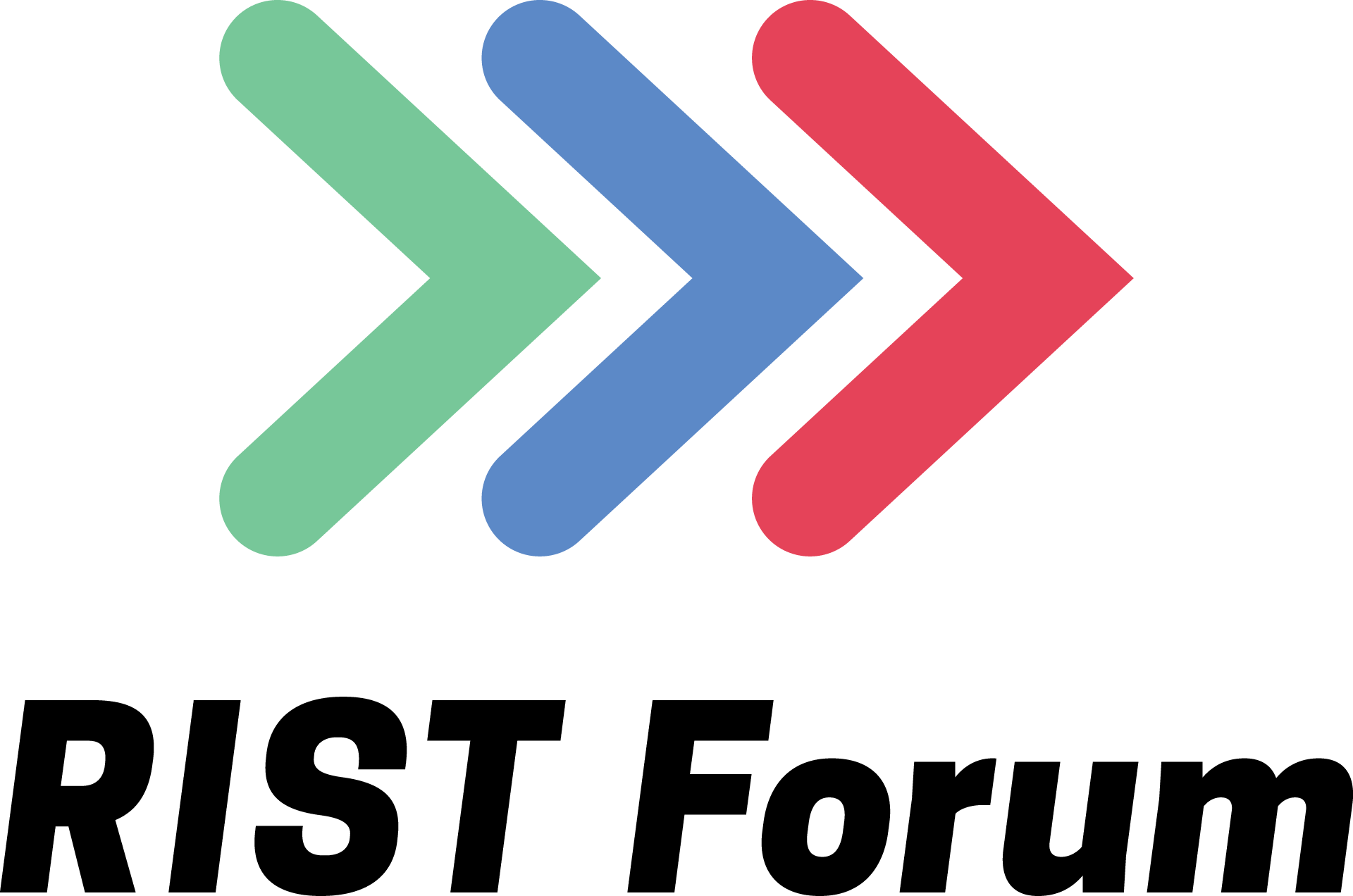The Importance of ISP Diversity
SMPTE ST 2022-7 hitless switching has been used extensively for transporting high value content for many years. It works by using two separate transmission paths to deliver identical packet streams from a source to a destination. The two IP paths are often operated by different service providers. This transmission technology takes place in every scenario you can imagine on a day-to-day basis, operating on some of the largest network providers across the globe, allowing broadcasters to deliver ultra-reliable signals from remote venues to studios and within production and distribution networks.
This transmission method is popular as it offers greater stability and reliability from IP network infrastructure. While the ability to use multiple ISPs can be beneficial in avoiding individual issues some ISPs might have, care and attention is needed when doing hitless switching over the public Internet, particularly if you are trying to do it without the right knowledge or instructions.
SMPTE ST 2022-7: Hitless Switching Explained
In its most basic form, the sender transmits two identical packet streams over two separate network paths, often called red and blue (e.g. Verizon and AT&T in the US and BT and Virgin Media in the UK). At the receiver, the two streams are re-aligned using adaptive buffers, and a single output is created using the good packets received from either one path or the other. As long as at least one copy of each packet is received from one of the two signal paths coming into the receiver, an error-free output can be produced.
‘Naive 2022-7’ – What Not to Do with ISPs
Whilst SMPTE ST 2022-7 is a popular process that is still widely relied on for many IP transmissions over the Internet, many providers are naively recreating SMPTE ST 2022-7 with two independent SRT sessions.
There is not much change in the above diagram from the traditional SMPTE ST 2022-7 process, but here the independent sessions cause wasteful retransmissions. Instead of the buffers working together, they know nothing about each other. This substantially reduced performance can lead to packet loss, especially if links are bandwidth constrained.
Applying it in the Real World
So how can you properly implement multiple ISPs into your Internet transmission processes? The answer is in the size of the input buffer, and turning to a process that involves joining the two input buffers together to make one single input buffer.
By doing this, as the diagram demonstrates, the receiver is now aware of packets from both paths, allowing for the receiver to only request retransmissions for packets lost on both links. Not only this, but it can request retransmission on both links, maximising the chances of packet recovery. Using RIST Multipath, this is substantially better than the naive approach.
RIST multipath was put to the test and used for real on a London to New York link, including two ISPs at under 35Mbit/s. During this process, zero packets were lost out of 90 billion over nine months. Both ISPs experienced outages during this period, but due to the multiple ISPs approach, the streams were unaffected. Judging by this successful real-life application, this is the optimal solution for high value transmissions.
In Conclusion
In conclusion, multiple ISPs are vital for high value transmissions, but providers need to apply careful design to maximise packet recovery. Whilst what many providers are attempting to do works, it is by far the most optimal way of carrying out the process.
By implementing RIST protocol into your multiple ISP solution, you can build a functional multipath setup with ease, as opposed to SRT’s current implementation, which can be unstable and suboptimal for success. RIST multipath has been in production for many years, with real time applications and more complex approaches available for all customised system operations.
If you would like to find out more about RIST multipath, just visit our website for more information on how you can get started with implementation the right solution.



